

Wood to metal screws are specially designed fasteners that allow you to securely join wood to metal without pre-drilling. They feature a sharp point and threads that are designed to cut through both materials, creating a strong and reliable connection. Understanding the types, applications, and best practices for using these screws is crucial for successful projects.Understanding Wood to Metal ScrewsWhat are Wood to Metal Screws?Wood to metal screws are self-drilling screws designed to fasten wood to metal. Unlike traditional wood screws, they have a drill point that bores through the metal before the threads grip. This eliminates the need for pre-drilling, saving time and effort.Key Features of Wood to Metal Screws Self-Drilling Point: Eliminates the need for pre-drilling in metal. Sharp Threads: Designed to grip tightly in both wood and metal. Variety of Head Styles: Available in flat, pan, truss, and other head styles to suit different applications. Corrosion Resistance: Often coated with zinc, ceramic, or other materials to prevent rust and corrosion. Different Sizes and Lengths: Available in a wide range of sizes and lengths to accommodate various material thicknesses.Types of Wood to Metal ScrewsSelf-Drilling ScrewsThese screws have a drill-shaped point that can penetrate metal without pre-drilling. They are ideal for light to medium-gauge metal applications.Self-Tapping ScrewsThese screws create their own threads as they are driven into the material. They are suitable for thinner metal sheets and softer metals.Pan Head ScrewsPan head screws have a slightly rounded head with a large bearing surface. They are commonly used in general-purpose applications where a low profile is desired.Flat Head ScrewsFlat head screws have a countersunk head that sits flush with the surface of the material. They are often used in applications where a smooth, clean finish is required.Truss Head ScrewsTruss head screws have a low-profile, oversized head that provides a large bearing surface. They are ideal for applications where the screw head needs to be concealed or where a decorative finish is desired.Applications of Wood to Metal ScrewsConstruction and CarpentryWood to metal screws are widely used in construction and carpentry for framing, decking, and attaching wood to metal studs or supports. For example, when building a deck, these screws can be used to attach the wooden deck boards to the metal frame, creating a strong and durable structure. Hebei Muyi Import&Export Trading Co.,Ltd provides various type of screws for different construction uses.HVAC SystemsThese screws are used to secure ductwork, vents, and other HVAC components to metal frames or supports. Their self-drilling capability makes installation quick and easy.Automotive RepairWood to metal screws can be used to attach wooden trim or panels to metal frames in vehicles. They provide a secure and reliable fastening solution.DIY ProjectsThese screws are perfect for a variety of DIY projects, such as building furniture, creating custom storage solutions, or repairing household items. Their versatility and ease of use make them a valuable addition to any DIYer's toolbox.Choosing the Right Wood to Metal ScrewMaterial CompatibilityEnsure that the screw material is compatible with both the wood and metal you are using. Stainless steel screws are a good choice for outdoor applications where corrosion resistance is important. Carbon steel screws are suitable for indoor applications.Screw Size and LengthSelect the appropriate screw size and length based on the thickness of the materials being joined. The screw should be long enough to penetrate both materials securely but not so long that it protrudes excessively.Head StyleChoose a head style that is appropriate for the application. Flat head screws are ideal for flush mounting, while pan head screws provide a larger bearing surface.CoatingConsider the environment in which the screws will be used. Zinc-plated screws offer good corrosion resistance for indoor applications, while ceramic-coated screws provide superior protection for outdoor use.Best Practices for Using Wood to Metal ScrewsProper Installation Techniques Use the Right Tool: Use a drill or impact driver with the appropriate bit size for the screw head. Apply Consistent Pressure: Apply steady, even pressure while driving the screw to prevent stripping the threads or damaging the materials. Avoid Overtightening: Overtightening can strip the threads or damage the surrounding wood. Stop when the screw head is flush with the surface. Start Straight: Ensure the screw is aligned properly before driving it into the material. This will help prevent the screw from bending or breaking.Tips for Preventing Damage Pre-Drill if Necessary: While wood to metal screws are designed to be self-drilling, pre-drilling may be necessary for very hard woods or thick metal. Use Lubricant: Applying a small amount of lubricant to the screw threads can make installation easier, especially when working with hard materials. Choose the Right Screw Type: Select the appropriate screw type for the specific application. Using the wrong screw can lead to weak or unreliable connections.Troubleshooting Common IssuesStripped ScrewsIf a screw strips, try using a screw extractor to remove it. You can also try using a larger screw or filling the hole with wood filler and re-drilling.Broken ScrewsIf a screw breaks during installation, use pliers or a screw extractor to remove the broken piece. Be careful not to damage the surrounding materials.Loose ConnectionsIf a connection becomes loose over time, try tightening the screw. If the screw continues to loosen, consider using a longer screw or adding a washer to increase the bearing surface.Examples and Case StudiesCase Study 1: Building a Wooden Shed with Metal FramingA homeowner used wood to metal screws to attach wooden siding to a metal frame when building a shed. The self-drilling screws eliminated the need for pre-drilling, saving time and effort. The screws provided a strong and reliable connection, ensuring the shed's structural integrity.Case Study 2: Installing Wooden Paneling in a Van ConversionA van enthusiast used wood to metal screws to attach wooden paneling to the metal frame of their van. The flat head screws provided a flush finish, creating a professional-looking interior. The screws were also resistant to vibration, ensuring the panels remained securely attached during travel.Where to Buy Wood to Metal ScrewsOnline RetailersOnline retailers such as Amazon, Home Depot, and Lowe's offer a wide selection of wood to metal screws at competitive prices. They also provide detailed product information and customer reviews.Local Hardware StoresLocal hardware stores are a great place to find wood to metal screws and get expert advice. The staff can help you choose the right screws for your specific application.Specialty Fastener SuppliersSpecialty fastener suppliers offer a wide range of screws and other fasteners, including hard-to-find sizes and materials. They often cater to industrial and commercial customers.Table of common wood to metal screws sizes Screw Size Diameter (inches) Common Lengths (inches) Typical Applications #6 0.138 1/2, 3/4, 1, 1 1/4 Light-duty fastening, attaching thin wood to metal #8 0.164 1/2, 3/4, 1, 1 1/4, 1 1/2 General purpose fastening, thicker wood to metal #10 0.190 3/4, 1, 1 1/4, 1 1/2, 2 Heavier duty fastening, larger wood components to metal #12 0.216 1, 1 1/4, 1 1/2, 2, 2 1/2 Structural applications, heavy wood to metal connections Source: FastenalConclusionWood to metal screws are a versatile and essential fastener for a wide range of applications. By understanding the different types, choosing the right screw for your project, and following best practices for installation, you can ensure a strong and reliable connection. Whether you're building a deck, repairing furniture, or working on a DIY project, wood to metal screws are a valuable tool to have in your toolbox.


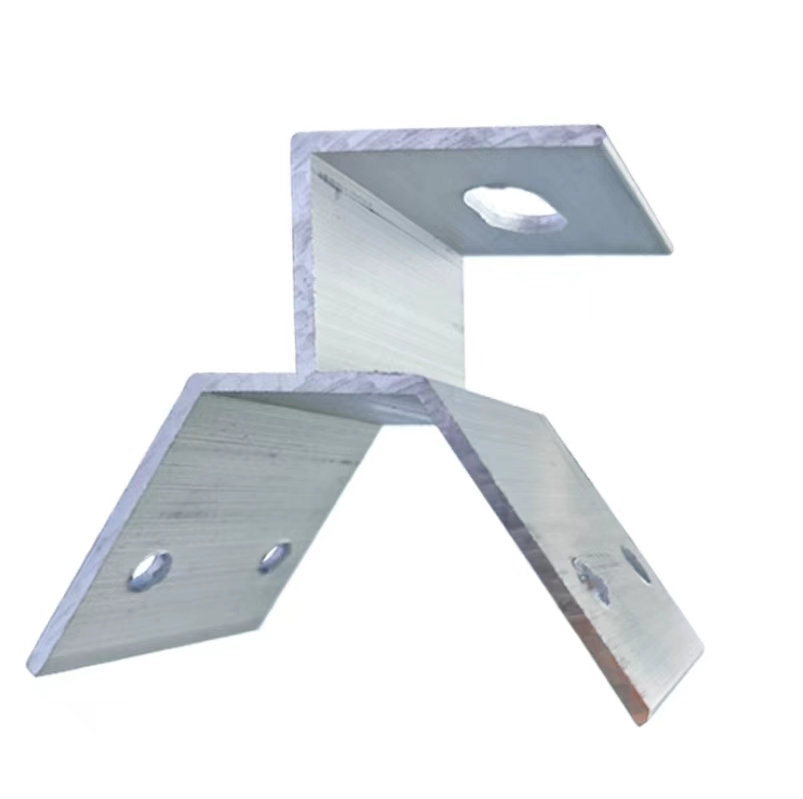
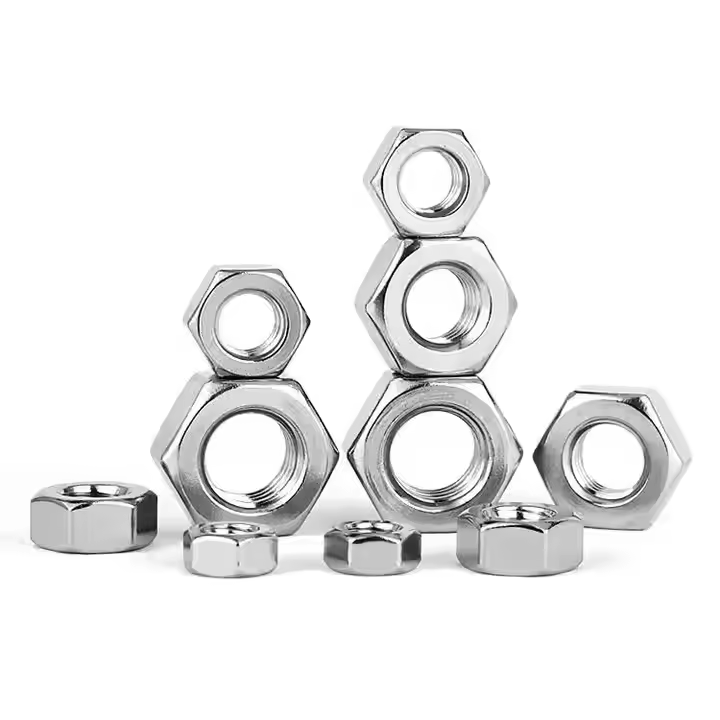
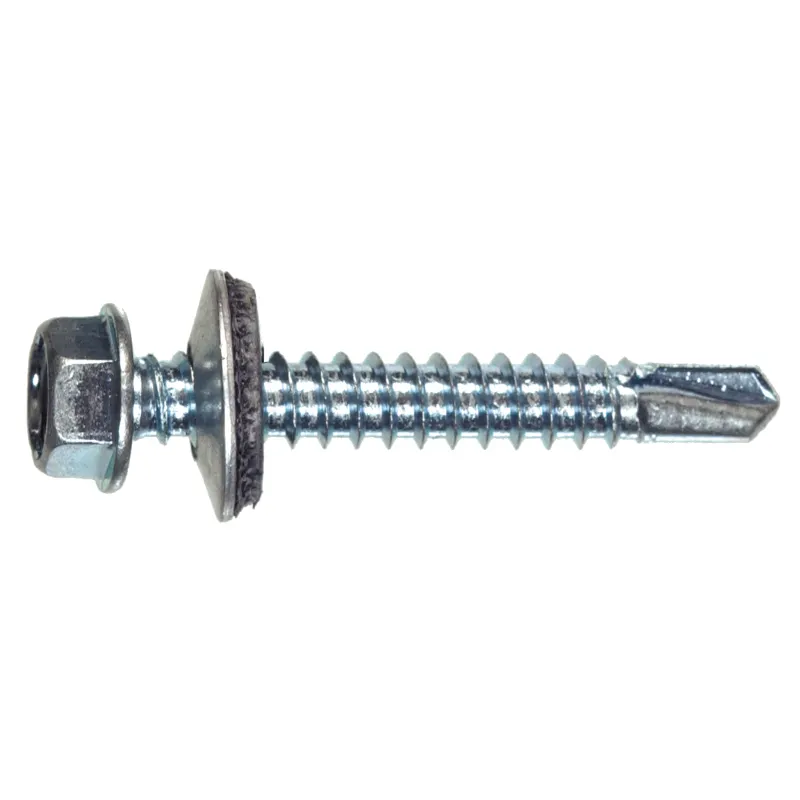
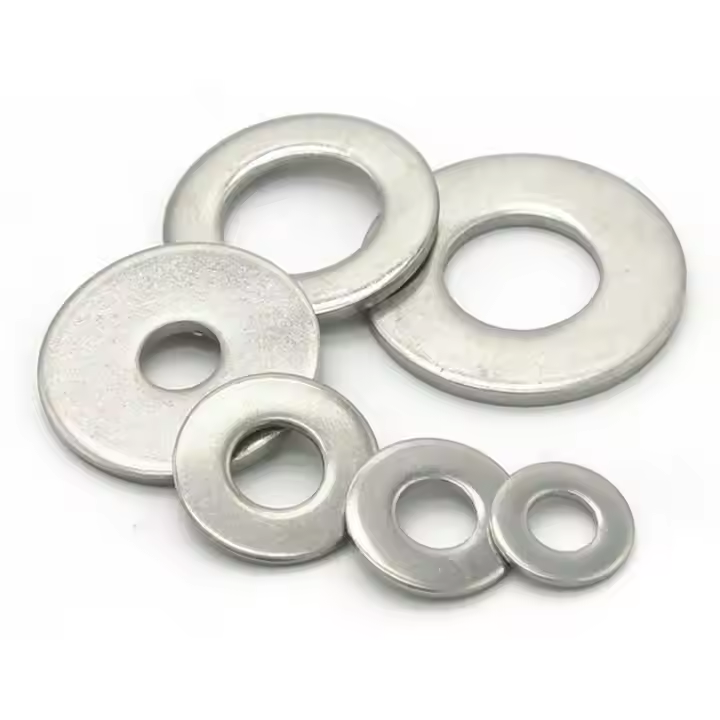


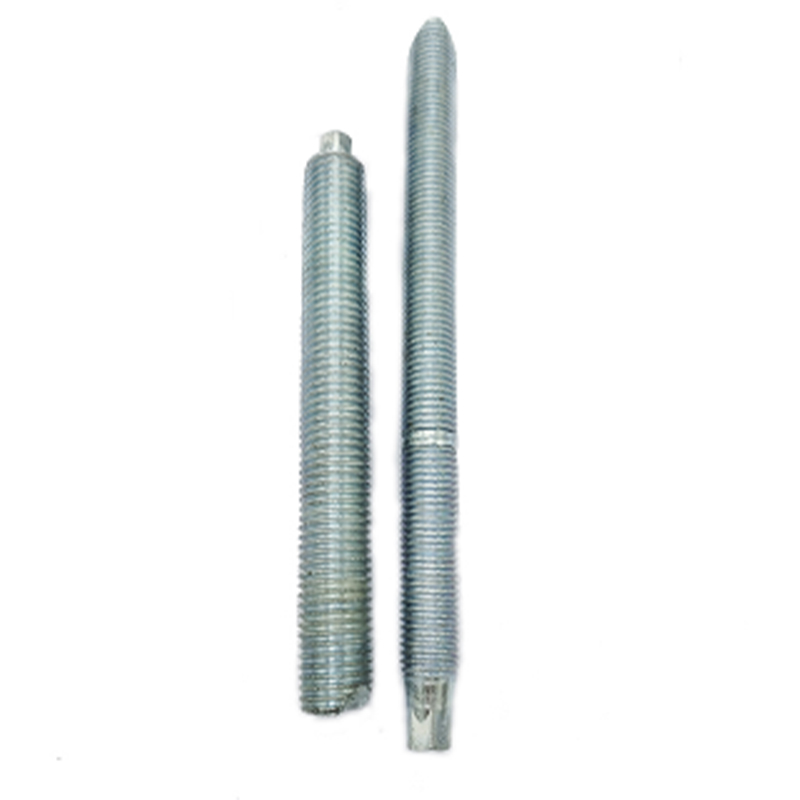
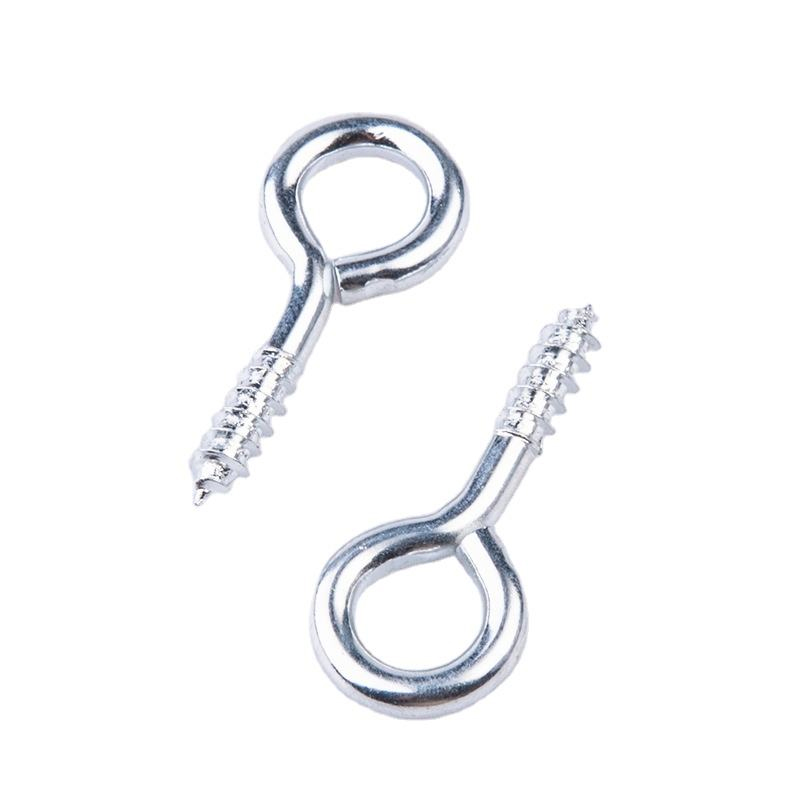

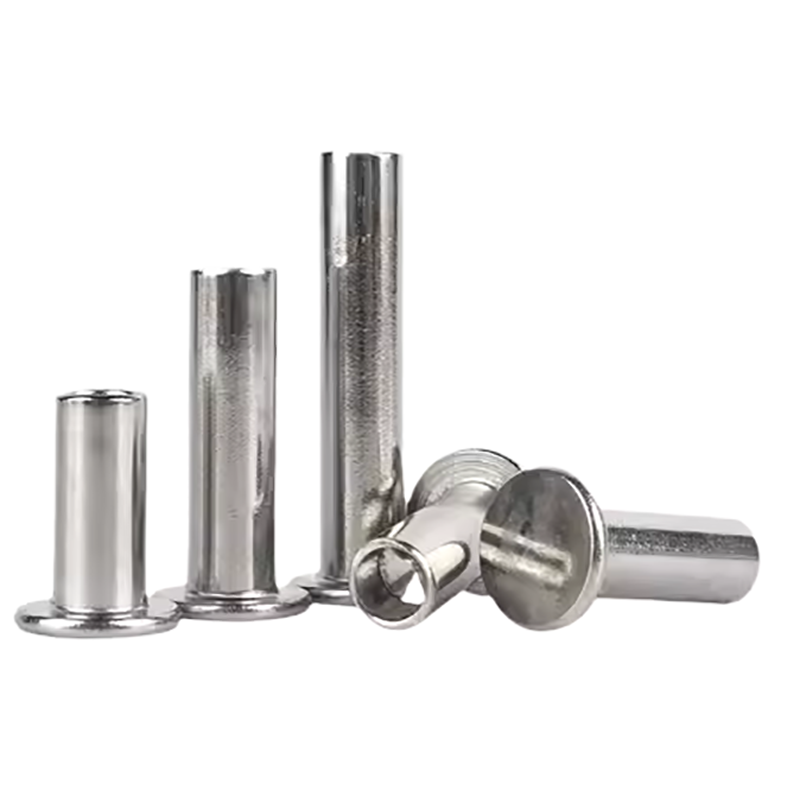

Please enter your email address and we will reply to your email.